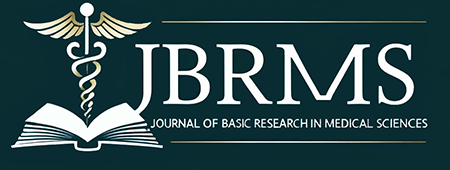Search published articles
Showing 6 results for Sohrabnejad
Reza Valizadeh, Seyyed Jalal Younesi, Ghobad Bahamein, Ali Sohrabnejad, Sajad Sohrabnejad,
Volume 2, Issue 3 (8-2015)
Volume 2, Issue 3 (8-2015)
Abstract
Jahansha Mohamadzadeh, Masoud Hatefi, Mina Roshani, Reza Dadfar, Hematolah Bastami, Marym Asdnahal, Ali Sohrabnejad,
Volume 5, Issue 2 (3-2018)
Volume 5, Issue 2 (3-2018)
Abstract
Sareh Shakerian Rostami, Ali Sohrabnejad, Alireza Mirzaei,
Volume 5, Issue 3 (6-2018)
Volume 5, Issue 3 (6-2018)
Abstract
Mehdi Omidi, Rahebeh Abedi, Elham Sobati, Ali Sohrabnejad,
Volume 9, Issue 1 (1-2022)
Volume 9, Issue 1 (1-2022)
Abstract
Sajad Sohrabnejad, Akbar Azizifar,
Volume 10, Issue 1 (1-2023)
Volume 10, Issue 1 (1-2023)
Abstract
Sajad Sohrabnejad, Marzia Mehrabaninasab, Hassan Nazari, Alimohamad Sohrabnejad , Golestan Nazari,
Volume 12, Issue 2 (4-2025)
Volume 12, Issue 2 (4-2025)
Abstract
| Page 1 from 1 |

